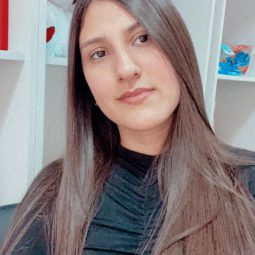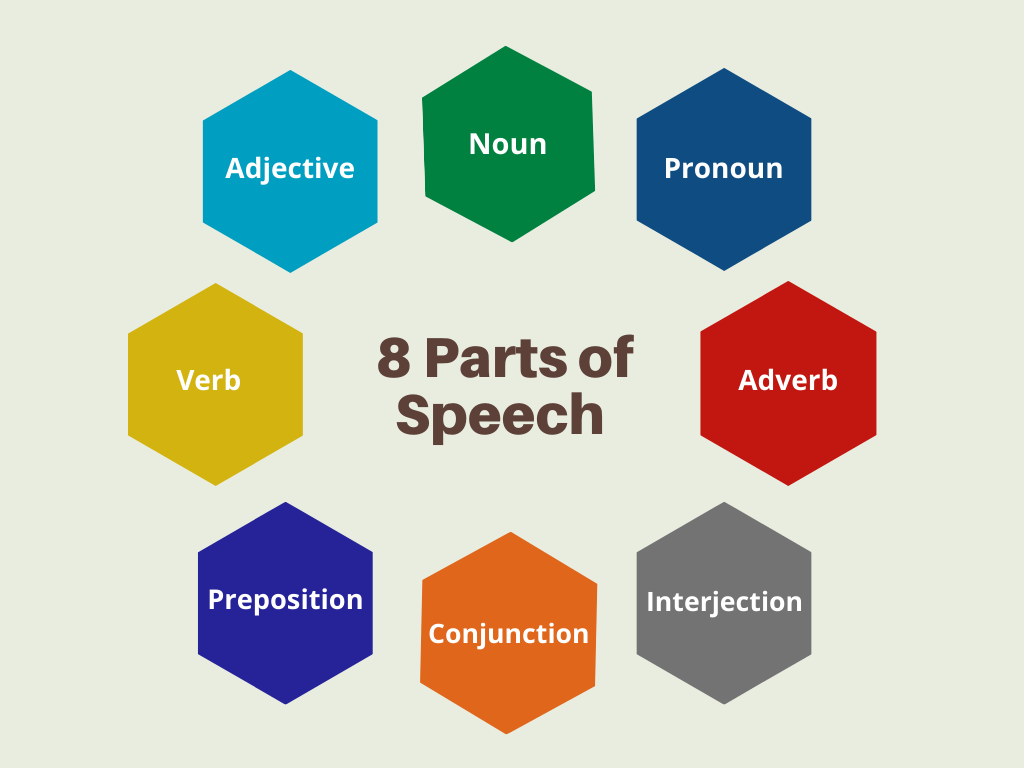
NOUN
- A noun is the name of a person, place, thing, or idea.
man… Butte College… house… happiness
A noun is a word for a person, place, thing, or idea. Nouns are often used with an article (the, a, an), but not always. Proper nouns always start with a capital letter; common nouns do not. Nouns can be singular or plural, concrete or abstract. Nouns show possession by adding ‘s. Nouns can function in different roles within a sentence; for example, a noun can be a subject, direct object, indirect object, subject complement, or object of a preposition.
The young girl brought me a very long letter from the teacher, and then she quickly disappeared. Oh my!
PRONOUN
- A pronoun is a word used in place of a noun.
She… we… they… it
A pronoun is a word used in place of a noun. A pronoun is usually substituted for a specific noun, which is called its antecedent. In the sentence above, the antecedent for the pronoun she is the girl. Pronouns are further defined by type: personal pronouns refer to specific persons or things; possessive pronouns indicate ownership; reflexive pronouns are used to emphasize another noun or pronoun; relative pronouns introduce a subordinate clause; and demonstrative pronouns identify, point to, or refer to nouns.
The young girl brought me a very long letter from the teacher, and then she quickly disappeared. Oh my!
VERB
- A verb expresses action or being.
jump… is… write… become
The verb in a sentence expresses action or being. There is a main verb and sometimes one or more helping verbs. (“She can sing.” Sing is the main verb; can is the helping verb.) A verb must agree with its subject in number (both are singular or both are plural). Verbs also take different forms to express tense.
The young girl brought me a very long letter from the teacher, and then she quickly disappeared. Oh my!
ADJECTIVE
- An adjective modifies or describes a noun or pronoun.
pretty… old… blue… smart
An adjective is a word used to modify or describe a noun or a pronoun. It usually answers the question of which one, what kind, or how many. (Articles [a, an, the] are usually classified as adjectives.)
The young girl brought me a very long letter from the teacher, and then she quickly disappeared. Oh my!
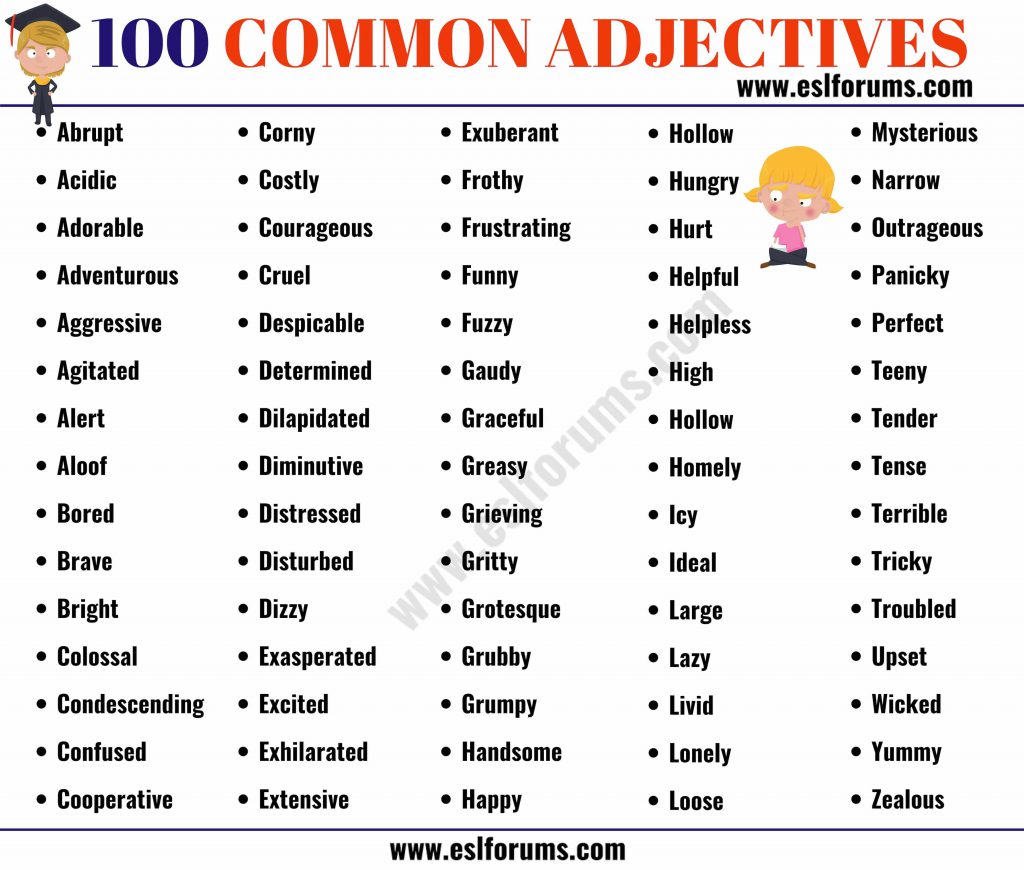
ADVERB
- An adverb modifies or describes a verb, an adjective, or another adverb.
gently… extremely… carefully… well
An adverb describes or modifies a verb, an adjective, or another adverb, but never a noun. It usually answers the questions of when, where, how, why, under what conditions, or to what degree. Adverbs often end in -ly.
The young girl brought me a very long letter from the teacher, and then she quickly disappeared. Oh my!
PREPOSITION
- A preposition is a word placed before a noun or pronoun to form a phrase modifying another word in the sentence.
by… with…. about… until
(by the tree, with our friends, about the book, until tomorrow)
A preposition is a word placed before a noun or pronoun to form a phrase modifying another word in the sentence. Therefore a preposition is always part of a prepositional phrase. The prepositional phrase almost always functions as an adjective or as an adverb. The following list includes the most common prepositions:
The young girl brought me a very long letter from the teacher, and then she quickly disappeared. Oh my!
CONJUNCTION
- A conjunction joins words, phrases, or clauses.
and… but… or… while… because
A conjunction joins words, phrases, or clauses, and indicates the relationship between the elements joined. Coordinating conjunctions connect grammatically equal elements: and, but, or, nor, for, so, yet. Subordinating conjunctions connect clauses that are not equal: because, although, while, since, etc. There are other types of conjunctions as well.
The young girl brought me a very long letter from the teacher, and then she quickly disappeared. Oh my!
INTERJECTION
- An interjection is a word used to express emotion.
Oh!… Wow!… Oops!
An interjection is a word used to express emotion. It is often followed by an exclamation point.
The young girl brought me a very long letter from the teacher, and then she quickly disappeared. Oh my!
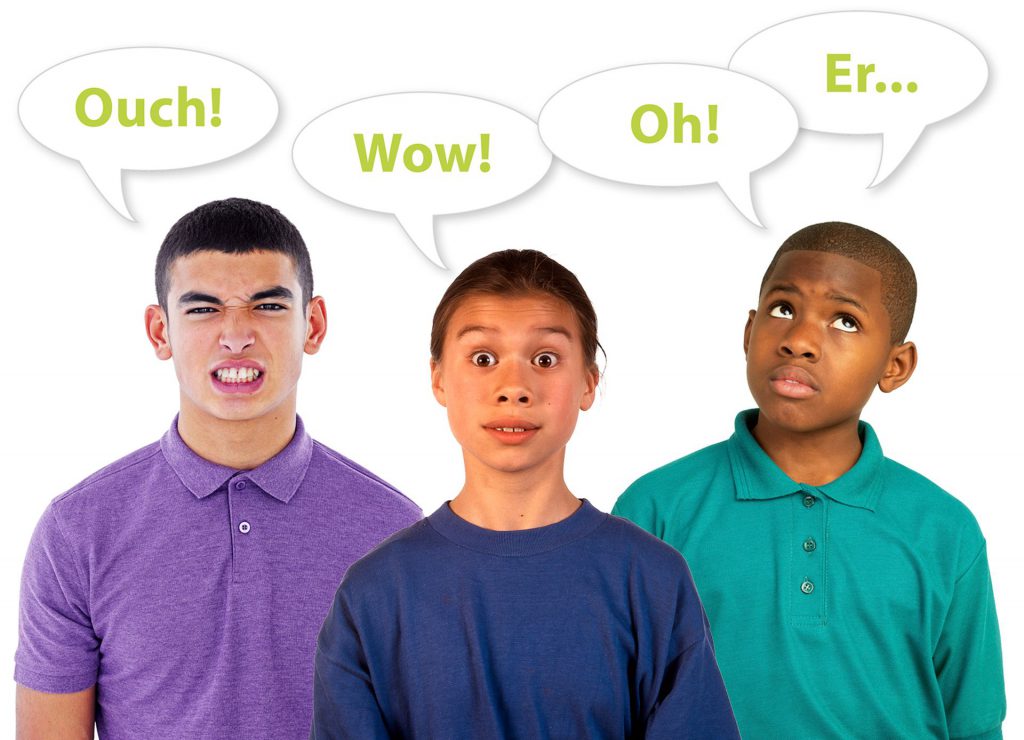
Hope you all enjoyed reading this book!
Wish everyone great success 🙂
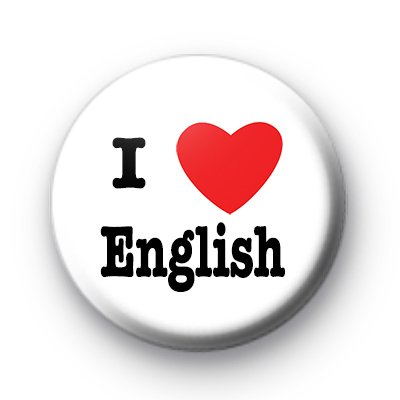
Published: Feb 8, 2022
Latest Revision: Feb 8, 2022
Ourboox Unique Identifier: OB-1277179
Copyright © 2022








